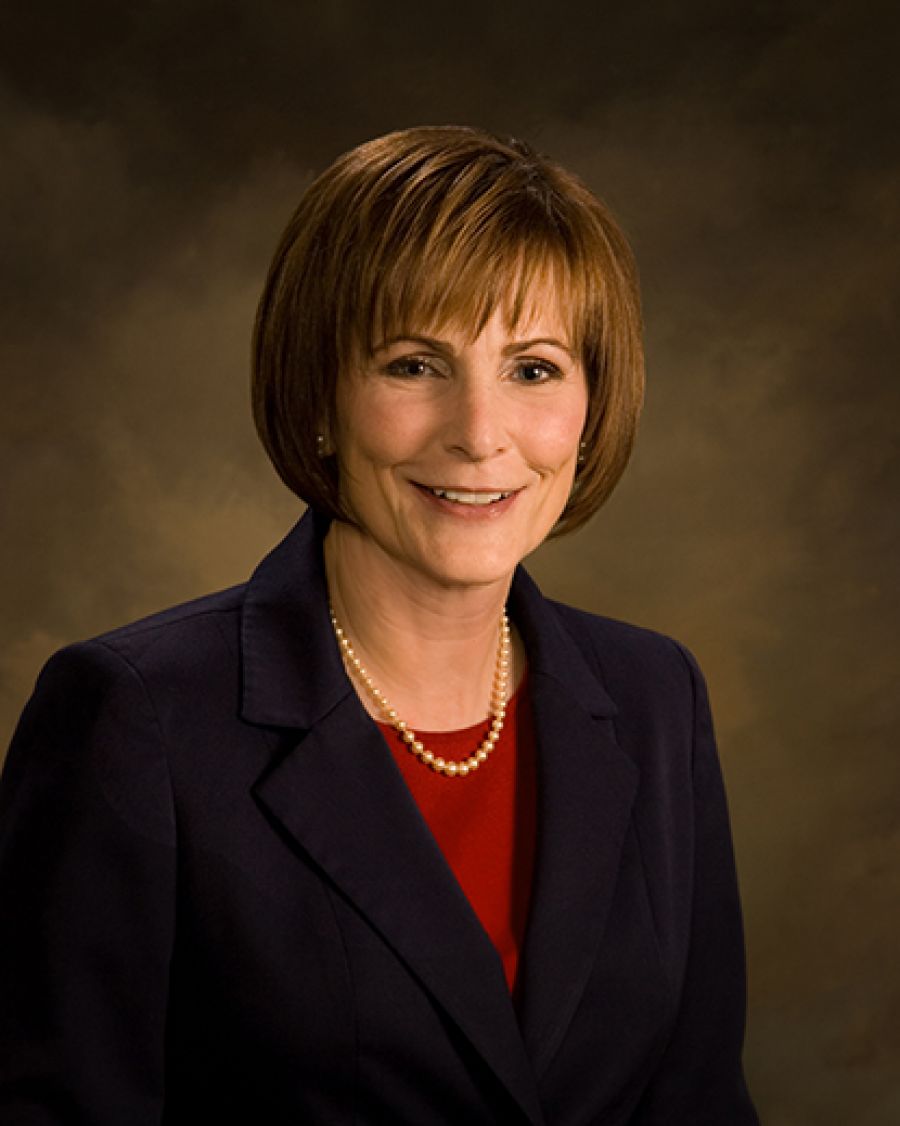


Black History Month got started as national Negro History week in 1926 created by Dr. Carter G. Woodson and sponsored by what is known today as the Association for the Study of African American Life and History, also founded by Dr. Woodson. With the growing awareness of Black identity and the civil rights movement of the 1960s, many colleges expanded the event to Black History Month. Official recognition of this annual celebration began with President Gerald Ford in 1976 and every American president since then has designated February as Black History Month. This year, the theme is “Black Family: Representation, Identity and Diversity.”
Why do most educational systems of the world include history in their curriculum? History provides a sense of our place in the world as individuals and as a nation. History helps create community whether that is family history, local history, national history, or world history. Reflecting on our past through the specific lens of Black History Month highlights a part of our history that has been incomplete and traditionally narrated from one perspective in our country. Black youth today have many historical figures from which to draw inspiration and guidance. Many of these stories might have been lost to time without the intentional telling of them through celebrations such as Black History Month.
When I think of the Black history being made now, many images come to mind. Most recently, I think of Amanda Gorman, our nation’s first-ever youth poet laureate, and her powerful poem that she delivered during the inauguration of President Joe Biden. Her words spoke of long-endured pain and also of hope and strength. The closing words of her poem challenged all of us, “For there is always light, if only we’re brave enough to see it, if only we’re brave enough to be it.”
I often speak about the power of education to change lives. And I continue to see that as Waubonsee’s role in the Black community, to be a source of education with the power to change lives. Having said that, we know that we have opportunities for growth to make a greater impact. Through our TRIUMPH (Transforming and Inspiring Undergraduate Men Pursuing Higher Education) program and other initiatives, we are working to create an environment of success for African American males. Our data indicates that we have not had as much success in helping African American males reach their educational goals. We are working to change that by building a community and connecting our students with African American leaders within the community as mentors.
In addition, we are currently exploring how to improve efforts to recruit a diverse faculty. Creating a community of success at Waubonsee speaks directly to the theme of this year’s Black History Month by contributing to the strength of families now and for the future.
There are many who have used the phrase, “If you can see it, you can be it.” We need to provide more opportunities for today’s Black youth to “see it.” One way we can empower today’s Black youth to become tomorrow’s leaders is to see them, see them for who they are, meet them where they are, and give them voice.
Black History Month reminds me of the many important contributions of African Americans. Black History Month highlights the many African American leaders of today. And Black History Month inspires hope for our collective futures.

